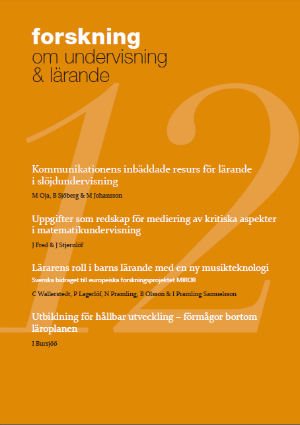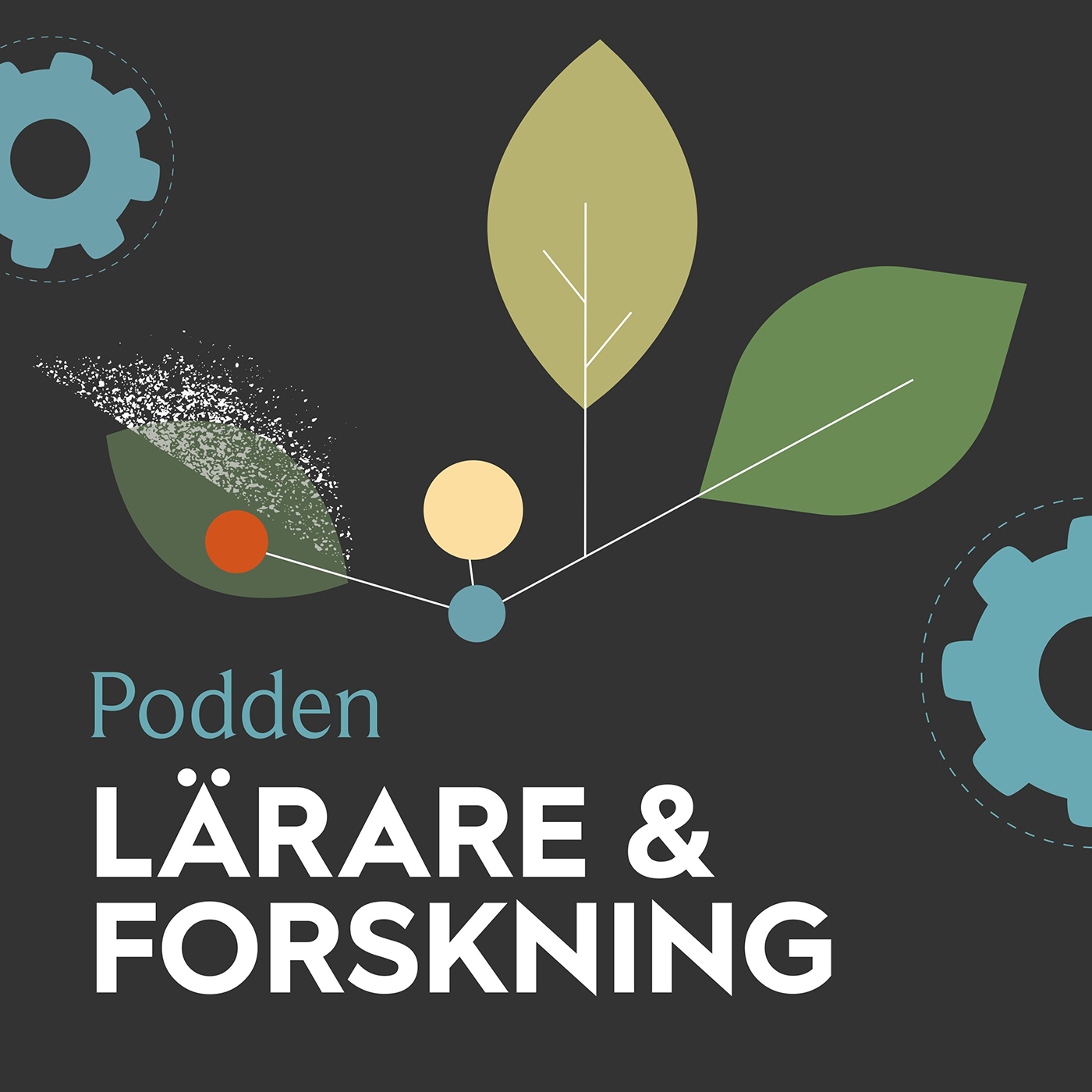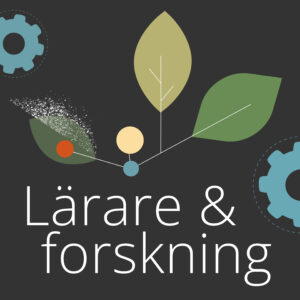Uppgifter som redskap för mediering av kritiska aspekter i matematikundervisning
DOI:
https://doi.org/10.61998/forskul.v2i12.27577Nyckelord:
iscensättning, kritiska aspekter, learning study, mediering, talmönster, uppgiftsdesign, variationsteoriAbstract
Artikeln beskriver resultaten från ett forsknings- och utvecklingsprojekt som verkat inom ramen för Stockholms stads satsning på lärardriven forskning. I projektet har Learning study använts som modell med variationsteorin som teoretiskt ramverk. Learning studien genomfördes i en årskurs två med avsikten att utforska vilka aspekter i relation till den givna elevgruppen som framstår som avgörande för deras lärande avseende att utveckla förmågan att urskilja och beskriva mönster i talföljder samt hur uppgifter kan fungera som redskap för att mediera kritiska aspekter. Studiens resultat pekar ut följande aspekter som avgörande, det vill säga kritiska: veta att alla talmönster är konstruerade enligt en regel som inte ändras och som används för att bestämma okända element i talmönstret; veta att det finns olika slags talföljder som kan vara uppbyggda på olika sätt samt urskilja relationen mellan talföljdens olika delar och hur de förhåller sig till varandra och till helheten. Vidare indikerar resultaten att uppgiftens konstruktion avseende frågeställningens öppenhet och variationsmönster kan ha betydelse för på vilka sätt en uppgift fungerar som redskap för att mediera kritiska aspekter. Dessutom har studien visat på att iscensättningen av variationsmönster avseende hur uppgiften presenteras samt hur läraren tar tillvara inspel och resonemang från eleverna har betydelse.
Tasks as a tool to mediate critical aspects in mathematics teaching
This article will report the results of a teacher-driven research and development project in mathematics, which was financed by the Education Ministry of Stockholm.The project was conducted as a learning study where variation theory was used as a theoretical framework for design and analysis. The learning study was carried out in second grade and the aim of the project was to explore what the critical aspects are in developing the ability to discern and describe number patterns and in what ways tasks can be used as an artefact to mediate the critical aspects. The results implies the following aspects as critical; knowing that all number patterns are constructed by a rule that does not change and is used to determine unknown elements in the pattern; knowing that there are different kind of number patterns that can be constructed in different ways; discerning the relationship between the different elements in a number pattern and how they relate to each other as well as to the full pattern.The results also indicate the significance of how tasks are designed regarding the pattern of variation and the openness of the question used in the task. These choices and how the critical aspects are staged in the space of learning between the students and the teacher, have implications in the ways the tasks work as an artefact for mediating critical aspects. Furthermore, the results indicate that the task design regarding the openness of the question and variation patterns may have implications for the ways in which a task acts as a tool to mediate critical aspects. In addition, the study demonstrated that the staging of variation patterns regarding how the task is presented and how the teacher takes advantage of reasoning among the students are significant.
Downloads
Publicerad
Referera så här
Licens

Det här verket är licensierat under en Creative Commons Erkännande 4.0 Internationell-licens.
Författare till innehåll publicerat i Forskul behåller upphovsrätten till sina verk. Artiklar publiceras under villkoren i en Creative Commons-licens CC BY, som tillåter användning, nedladdning, distribution, länkning till och reproduktion i vilket medium som helst, förutsatt att originalverket är korrekt citerat.






